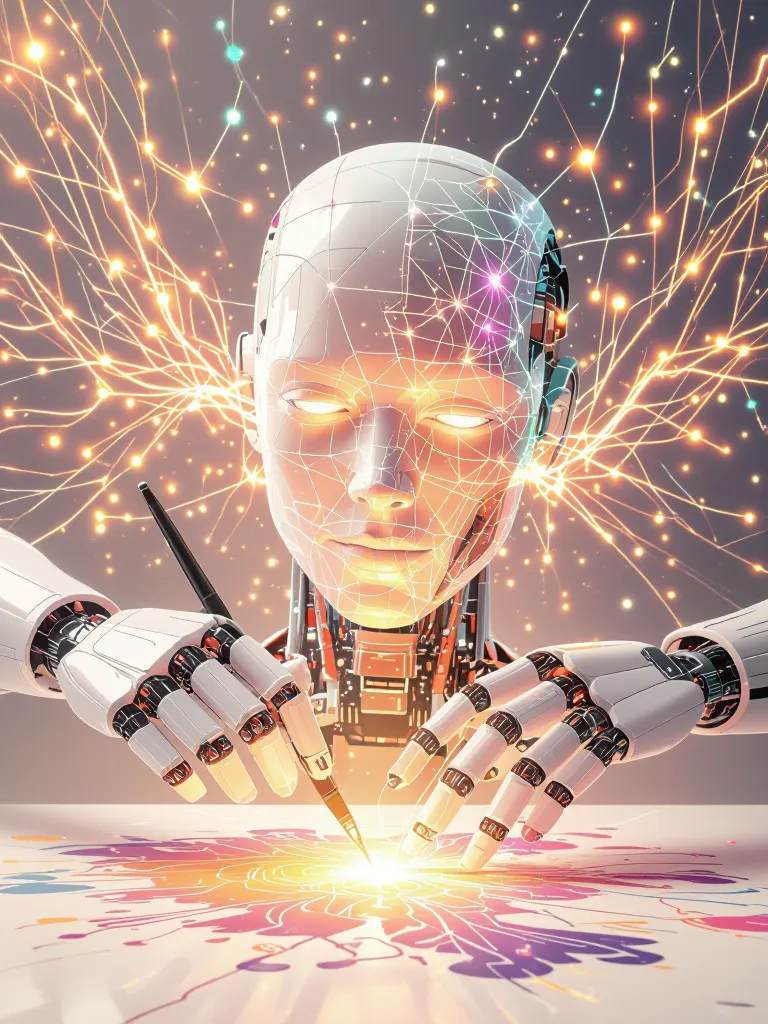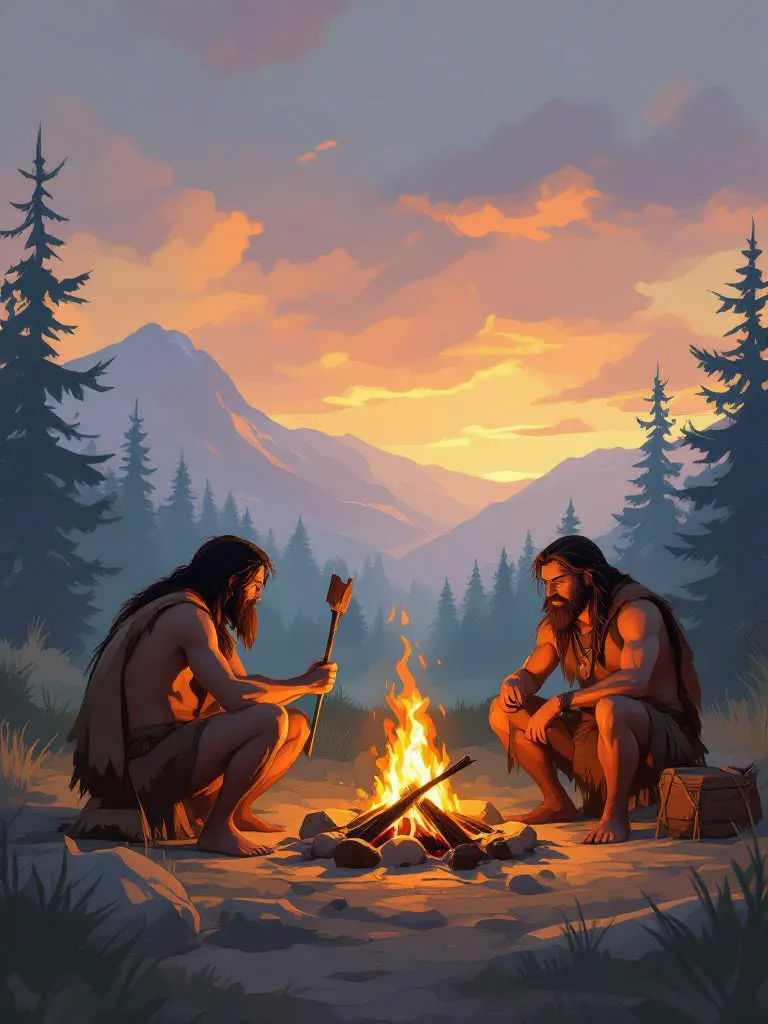

Written by Mo Kahn on
November 17, 2025
An AI image is a picture created by artificial intelligence instead of a camera or traditional artist. These images are produced by advanced AI systems that rely on a machine learning model to interpret and generate visual content. These images are made using AI image generators that take text prompts—short written descriptions—and convert text into realistic or artistic images generated entirely by machine learning models.
In simple terms, you type what you want to see, and the AI creates it from scratch.

is the science of building computer systems that can perform tasks once thought to require human intelligence—like recognizing faces, understanding speech, or making decisions. Today, AI is everywhere, powering everything from voice assistants to recommendation engines. One of the most fascinating breakthroughs in recent years is the ability of AI to create images from scratch. These AI generated images are produced by advanced AI image generators that use machine learning to turn ideas into visuals.
With AI image technology, computers can now generate new images that have never existed before, opening up creative possibilities across various industries. Whether it’s for advertising, entertainment, or education, AI generated visuals are changing how we think about art and design. As artificial intelligence continues to evolve, the line between human-made and machine-made images is becoming increasingly blurred, making AI art a crucial part of the digital landscape.
Most AI image generators use generative AI techniques like diffusion models or generative adversarial networks (GANs).
Here’s how it works step by step:
These AI generated images can look incredibly realistic or completely artistic, depending on the prompt and model used.
For more detail, diffusion models work by gradually adding noise to data and then reversing the process in the opposite direction to reconstruct and generate new images.
Some of the most popular AI image generation tools include:
Each uses different AI models and fine-tuning techniques to interpret your prompts.

Unlike real photographs, AI images are not captured by a camera. They are synthetic images made by algorithms. The images created by AI can be highly detailed images and realistic images, often making it difficult to distinguish them from real photographs. They can blend artistic styles, imaginary objects, or photorealistic scenes that don’t exist in the real world.
For example:
“A futuristic city underwater, glowing lights, detailed reflections.”
Within seconds, an AI image generator can produce several high-quality images that match that exact description.
AI image generation is now used across many industries:
AI image generation tools play a crucial role in modern content creation, including photo editing and enhancement.
It’s also fueling creative endeavors—artists using AI tools as digital assistants for inspiration and experimentation.

The rise of AI-generated images is transforming the world of content creation. With powerful AI image generators, anyone can now create images in seconds—no artistic skills required. These tools can take a simple text prompt and instantly produce high quality images tailored to your needs, whether you want a photorealistic portrait, a surreal landscape, or a unique illustration in a specific artistic style.
Behind the scenes, AI image generation relies on sophisticated machine learning models like generative adversarial networks (GANs) and diffusion models. These systems are trained on vast collections of existing photos and artworks, learning to recognize patterns and details. When you use an AI image generator, the model draws on this knowledge to generate images that match your description, often with stunning detail and creativity.
AI generated images are now used in everything from marketing campaigns and social media posts to movie production and educational materials. Brands can quickly produce custom visuals for ads, creators can experiment with new artistic styles, and educators can illustrate complex concepts with ease. The ability to generate entirely new images on demand is also helping train other AI models and fueling innovation in fields like computer vision and synthetic data.
However, the rapid growth of AI generated content brings new challenges. Questions about copyright, ownership, and authorship are becoming more important as AI generated art becomes mainstream. Who owns an AI generated image—the user, the developer, or the AI itself? As the technology advances, it’s crucial for creators, businesses, and policymakers to develop clear guidelines for the ethical use of AI images.
In short, AI image generation is reshaping creative workflows and opening up new possibilities for content creation. As artificial intelligence ai continues to improve, expect to see even more innovative uses of AI generated images across industries, making it easier than ever to bring your ideas to life with just a few words.
AI image models rely on neural networks, machine learning, and massive training data. AI systems are inspired by the structure of the human brain, with neural networks designed to mimic how neurons process information. Systems like Stable Diffusion use a process called latent diffusion, where random noise is gradually shaped into a clear image based on textual descriptions.
These machine learning models sometimes produce artifacts, such as an extra finger in generated images, highlighting the limitations of current technology. Over time, these models fine-tune themselves, improving how accurately they generate images that match human imagination.
An AI image is more than a digital picture—it’s a collaboration between artificial intelligence and human creativity. From text to image, AI generated art has made it possible for anyone to create detailed, high-quality images in seconds.
The rise of AI image generators has also led to concerns about deepfake content, fake images, the use of copyrighted images in training data, and the spread of synthetic media on social media platforms.
Whether it’s for fun, design, or professional work, AI image generators like starryai, DALL·E, and Stable Diffusion have made the future of image creation accessible to everyone.